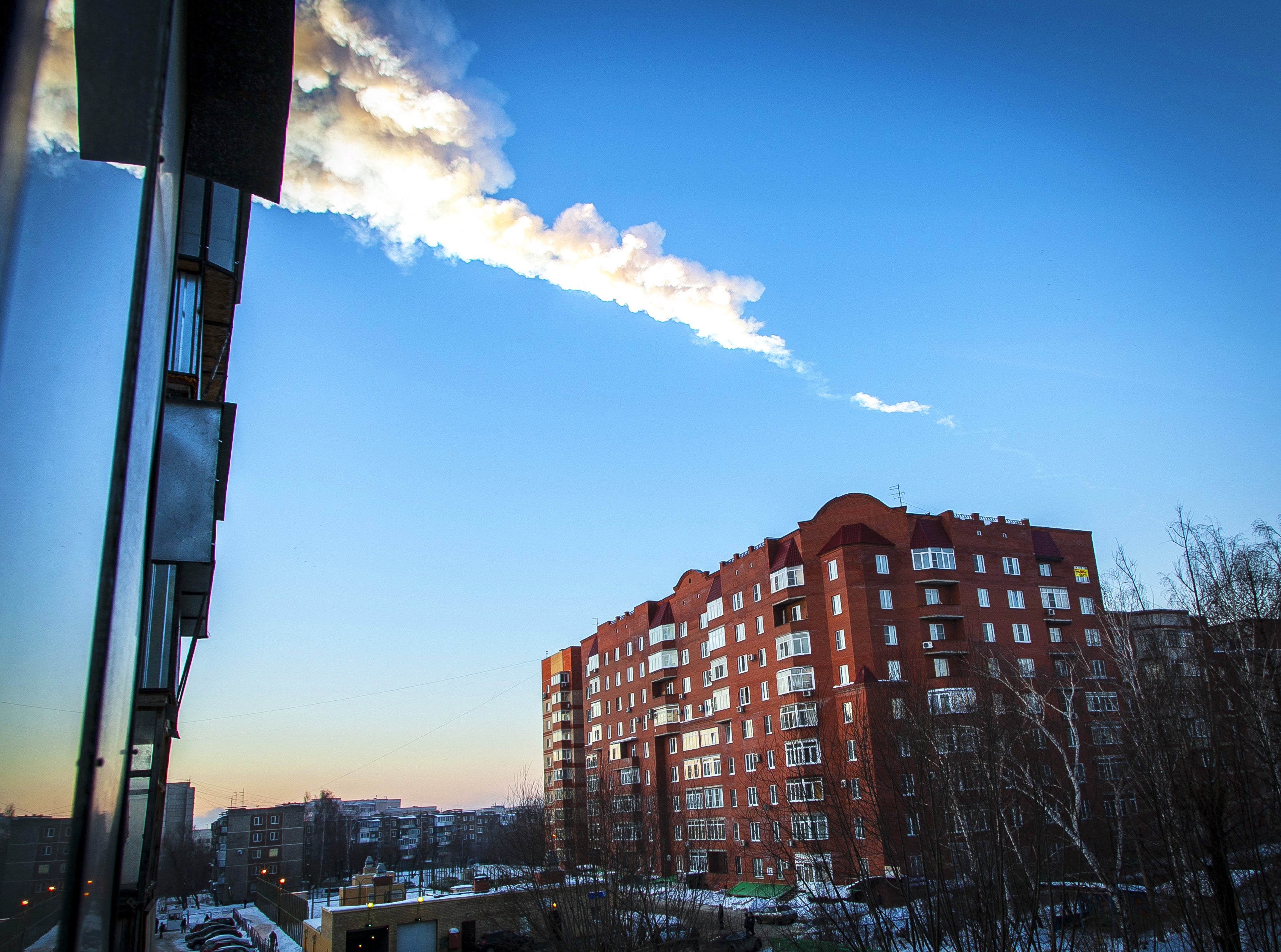Chelyabinsk meteor: 10 years after the world’s most frightening ‘wake-up call’, is the world safe from threats in the night sky?

We couldn’t see it coming. And even if we did, it wouldn’t have seemed big: just a small rock, flying through space.
But 10 years ago, on the morning of 15 February, 2013, that 20-metre rock crashed into Earth’s atmosphere, travelling more than 18 kilometres a second. It exploded over Chelyabinsk – the Russian city that would give the meteor its name – in a blast that was brighter than the Sun and shook with the energy of more than 30 atomic bombs.
Within minutes, the meteor’s explosion had shaken the ground, with around 1,500 people injured from broken glass and other damage, and left buildings damaged. It was the only meteor ever known to injure humans.
The Chelyabinsk meteor was also a reminder to humanity, that the sky above us is filled with small rocks that could have big impacts. And it was a wake-up call to the Earth that it could be hit by them at any time.
In the 10 years since, space agencies and other governmental organisations have been working both to spot any potentially hazardous objects – and also to work on ways of protecting us from any that might arrive.
Still, we are not necessarily entirely safe. Nasa and other US organisations regularly conduct “hypothetical asteroid impact scenario” exercises, where representatives from the organisations that would have to respond to a real strike conduct a sort of practice run.
They usually show that the world is woefully unprepared, and end with mass destruction across that hypothetical Earth.
There are unknown numbers of asteroids out there in space. They could be hiding in the glare of the Sun, meaning that astronomers are unable to spot them until they are too close to notice.
But those asteroids are almost by definition more likely to be small. The bigger an asteroid is, the more damage it will do, but also the more likely that we will have seen it, since they are easier to detect.
While we are regularly surprised by asteroids, they tend to be relatively harmless for a reason. That was the case this week, when an asteroid spotted just hours earlier exploded above the UK and France, creating a bright and spectacularly flash but not posing any danger to people on the ground.
That might not always be the case, however. While scientists believe they have catalogued almost all asteroids over 1 kilometre, and are working to find the rest, there is always the chance that one might have slipped through the net.
Dealing with that threat has been the aim of missions including Nasa’s Dart, a spacecraft that collided with an asteroid late last year. It successfully changed the course of the object, suggesting that we would be able to do the same if a dangerous one was heading towards us.
Doing that will also mean spotting them, however, and work is being done to ensure we are able to do that too. The ESA will soon launch a mission named NEOMIR, which will be sent to hover into space between the Earth and the Sun, and should be able to spot smaller asteroids that are currently hiding in its light.
Join our commenting forum
Join thought-provoking conversations, follow other Independent readers and see their replies
Comments
Bookmark popover
Removed from bookmarks